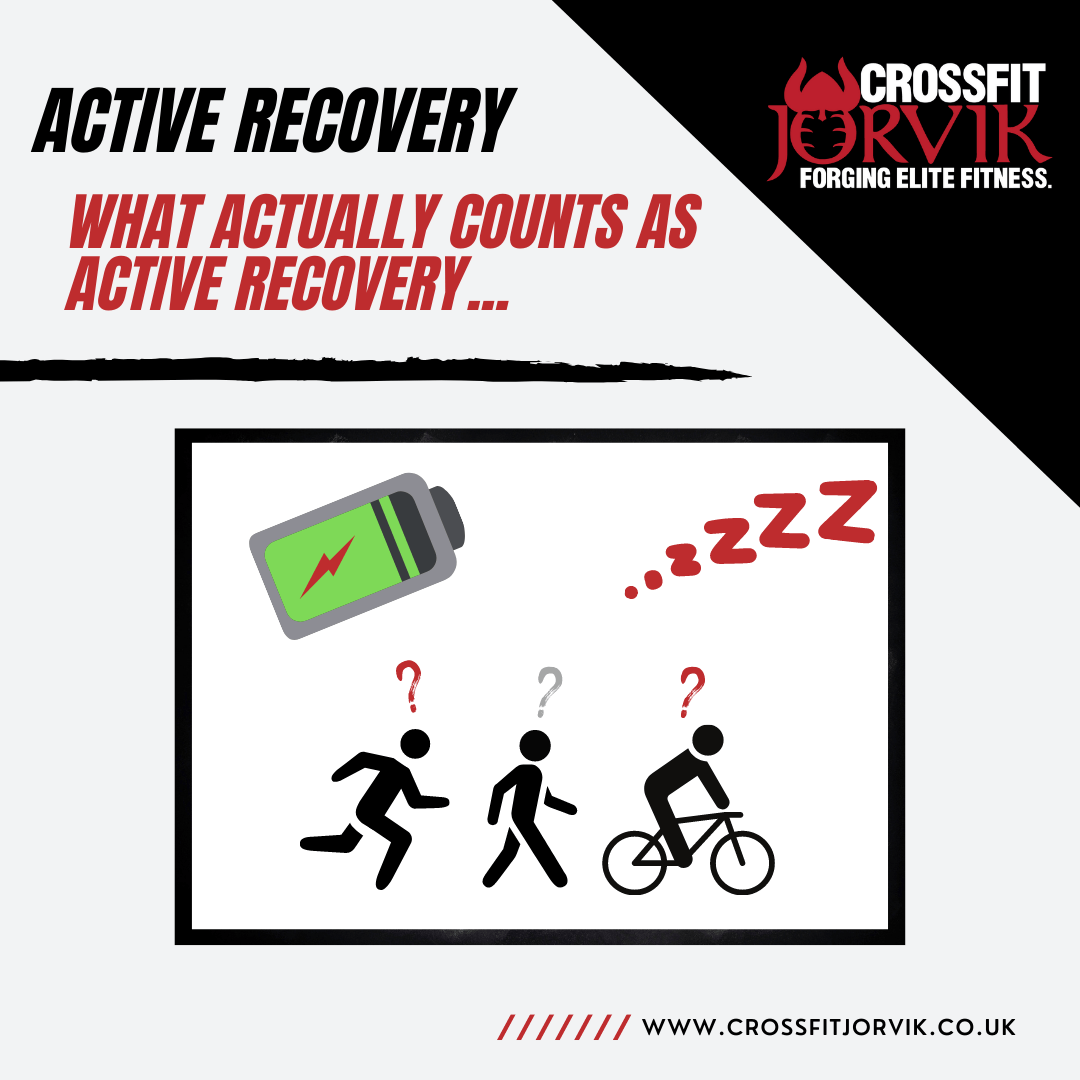Active Recovery: What actually counts?
We may have all heard this term before; it is used to describe exercise or activity that has the intention of aiding our recovery. However, in reality we see individuals perform or class sessions as active recovery, when in fact, they are very far from it!
Here I will highlight what actually constitutes an active recovery session so you can take advantage and ensure you are getting the benefits you are looking for.
What is Active Recovery…
If we use heart rate to categorise a session’s intensity, an active recovery session will be around 60% of your max heart rate; in cases even less. This may sound low and when we compare it to our training, it is, but it is designed that way.
Individuals often confuse ‘active recovery’ and ‘taking a session a little easier’ with each other. Whilst performing a session easier than you would typically is going to help you recover your usual energy system as you will be training within another system, in another zone.
A CrossFit example: 12 min AMRAP Workout
- Usual training: 165-170 bpm (Threshold zone)
- Taking it easy: 140-150 bpm (Aerobic zone)
- Active recovery: <120 bpm (Zone 1, at a push maybe Zone 2)
When we look at the above training zones and intensities you may think….
‘How is it possible to do my typical session at that low an intensity?’
…it is highly likely that it will not be possible/realistic.
Good Examples…
This is why active recovery is normally reserved for a nice walk or a steady casual bike ride. It is a great opportunity to get outside and relax and ACTUALLY allow the body to recover from your training efforts. These are great alternatives to complete rest/recovery; and can be shown to promote better recovery than no activity.
The above are examples of active recovery, not a 5 km run just a couple minutes slower than your PB or a dozen or so less reps in a CrossFit workout. Whilst these will undoubtedly be at a reduced intensity, and give a different and reduced stimulus to the body. It is not active recovery!
By Sam Parish

